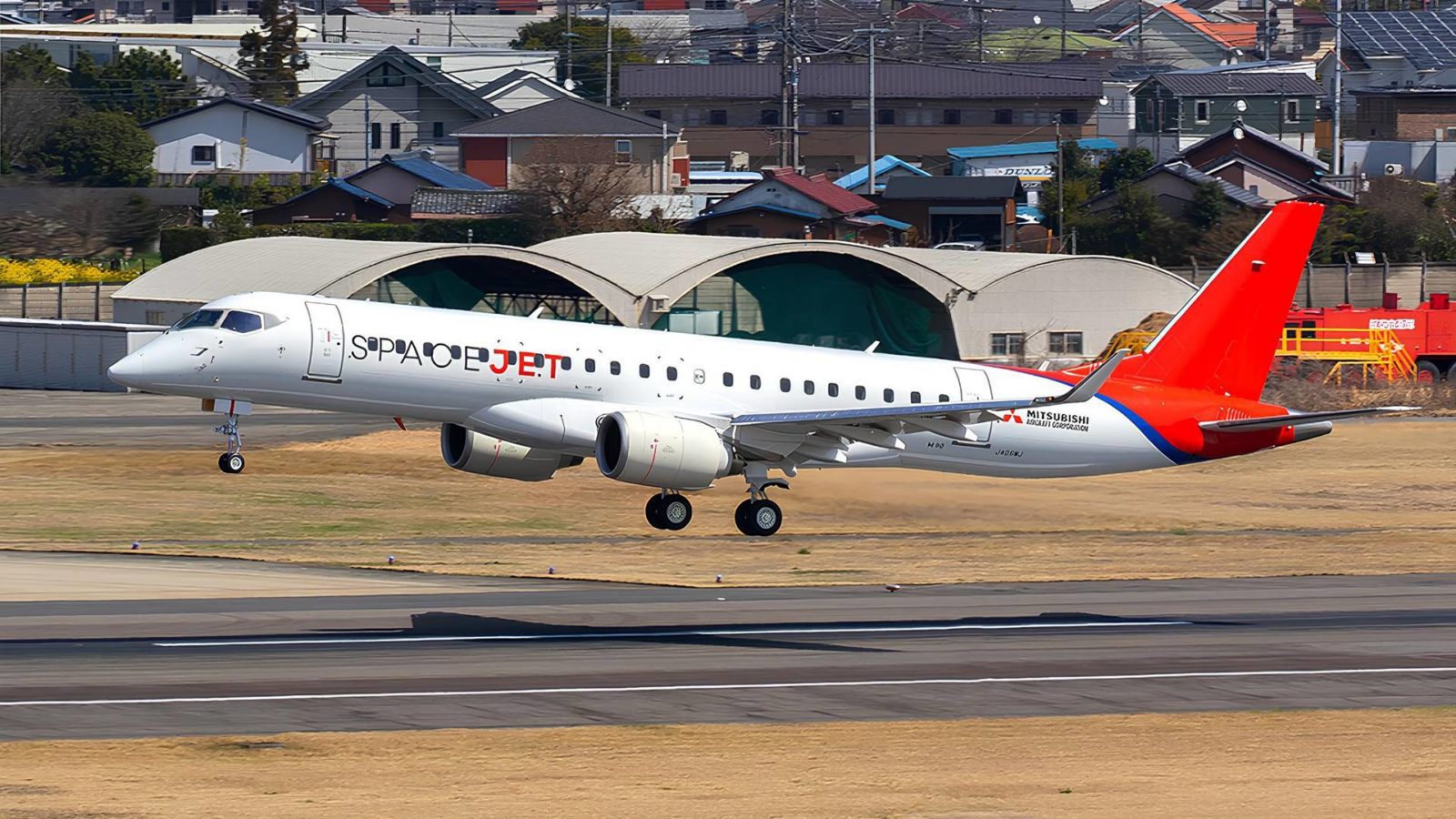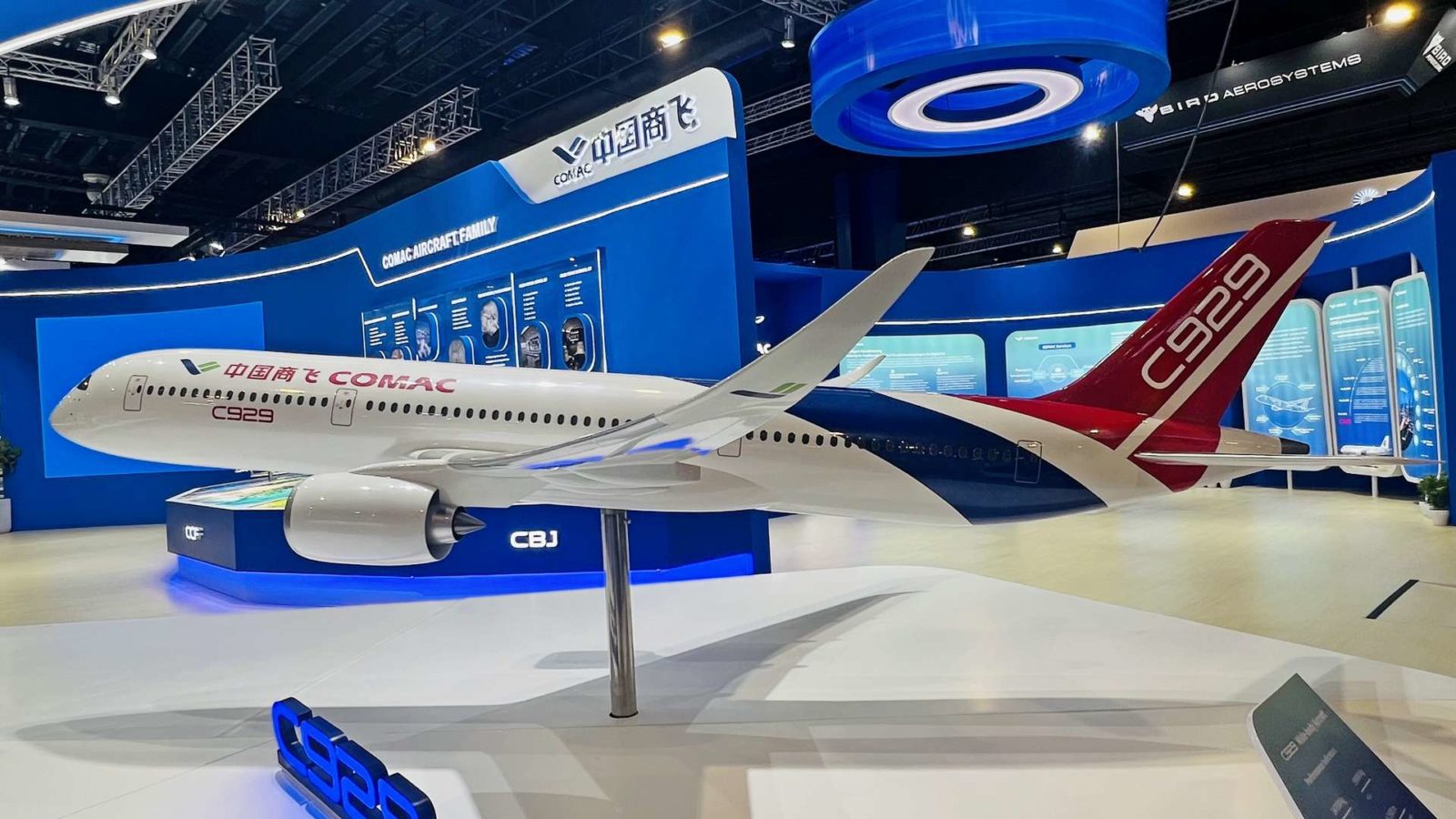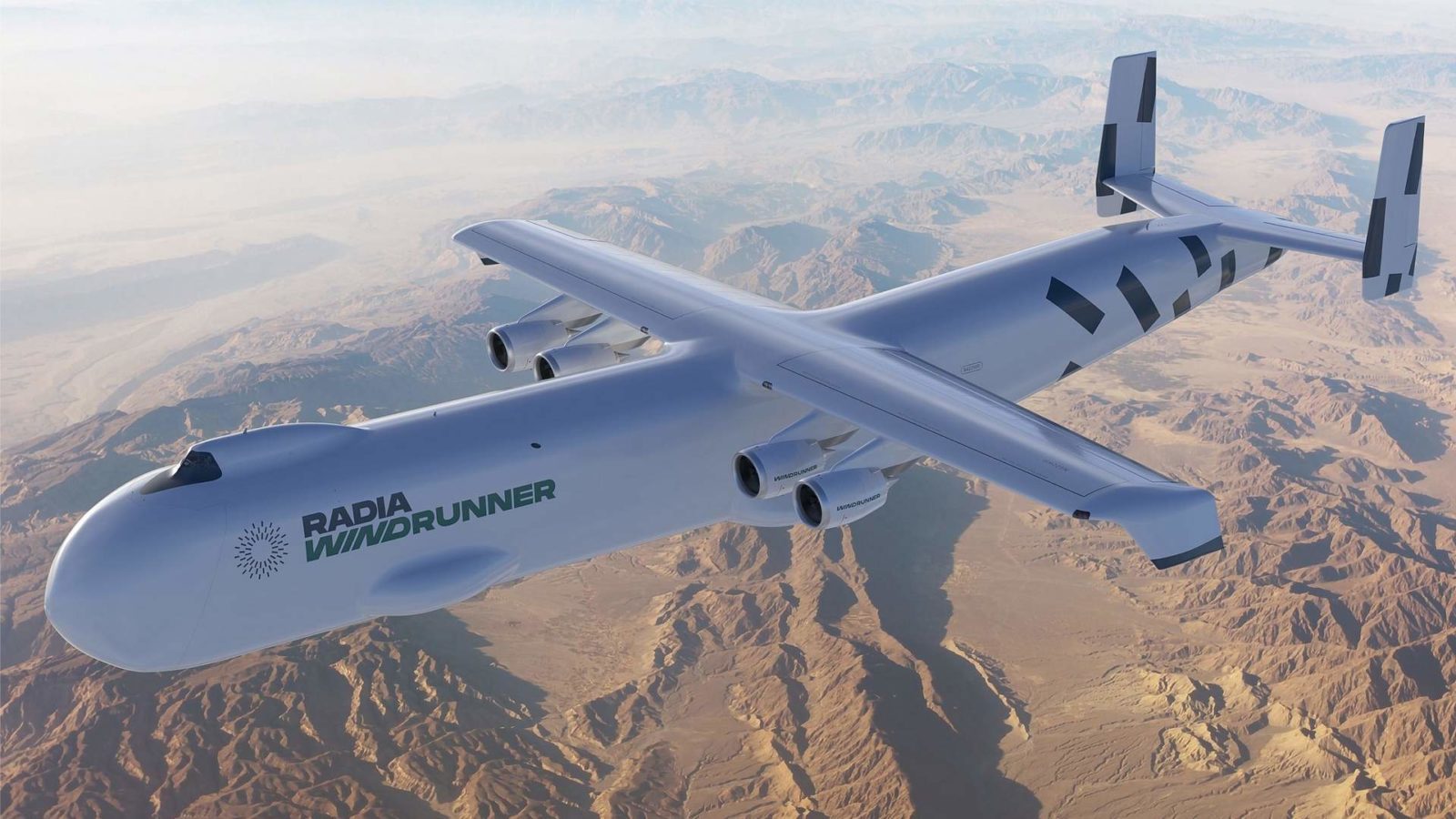Few events in aviation have had the fervor to change the course of the future. One of such events was the crash of Lion Air Flight 610 – the accident that shocked the world in October 2018 and would scar Boeing for years to come! Scheduled as a regular domestic flight from Soekarno–Hatta International Airport in Jakarta to Depati Amir Airport, operated by the Indonesian airline – Lion Air, the Boeing 737 MAX crashed into the Java Sea just thirteen minutes after takeoff, killing all 189 passengers and crew on board.
Remains of Lion Air flight 610 after the dreadful crash in Java Sea. ©Drive
After a year of analysis and investigations, an Indonesian investigation team stated, in October 2019, that flight 610 was doomed by a combination of inadequate training, aircraft design flaws and maintenance problems. The team concluded that the aircraft crashed partly because the pilots were not informed or trained on how to respond aptly and well in time to the malfunctions of jet’s automated flight-control system. Furthermore, the investigators highlighted several critical points that, combined in a series of events, ultimately led to the tragedy.
1: Improper Calibration of Angle of Attack Sensor & MCAS
Indonesia’s National Transportation Safety Committee said the Maneuvering Characteristics Augmentation System or the MCAS on the flight 610 relied on a just one ‘angle of attack’ sensor which provided erroneous information, automatically shoving the nose of the Max jet downwards. The aircraft, after being in operation for just two months, began having problems on October 26, 2018. A new angle of attack sensor was installed the day before the crash, but it was calibrated improperly, resulting in it being 21 degrees out of alignment. The problem was not detected when it was installed.
On a flight later that day from Bali to Jakarta, the aircraft experienced quite similar issues immediately after takeoff. Altitude and airspeed warnings went off and the captain’s stick shaker was activated, thereby, signaling an impending stall. A third pilot in the cockpit who was hitching a ride in the jump seat helped the crew regain control of the aircraft by manually overriding the system. Instead of turning around, the flight continued as planned and landed safely. The pilot did not report fully about the problems including the activation of the stick shaker and most importantly, how it was solved.
The feature of showing if the two angle of attack sensors are out of sync was earlier implemented in Boeing 737 NGs, way back 2006. However, this was not considered by Boeing as ‘Safety Critical’, and hence was an option for later models, which meant, airlines had to pay extra to get it.
2: Lack of Proper Training and Inadequate Data in Flight Manual
The crew had no way of understanding the situation because a warning function that should have told the pilots that the two angle of attack sensors were out of sync was not installed on the aircraft. As a result, it was a game of guessing, having a lot at stake. Moreover, the aircraft flight-manual and flight crew training programme did not include any information about MCAS, the failure modes related to it, and possible anomalies with their solutions.
Path followed by Lion Air flight 610 ©FlightRadar24
The official crash report, which you can read here, is divided into 5 sections—Factual information, Analysis, Conclusions, Safety action, and Safety recommendations.
Boeing, later also issued a statement on the final report saying:
‘We are taking actions to enhance the safety of the 737 MAX to prevent the flight control conditions that occurred in this accident from ever happening again. Safety is an enduring value for everyone at Boeing and the safety of the flying public, our customers, and the crews aboard our airplanes is always our top priority. We value our long-standing partnership with Lion Air and we look forward to continuing to work together in the future.’
However, Boeing also stated that that 737 MAX software was subject to an unprecedented level of global regulatory oversight, analysis and testing. This included several hundred hours of simulator test flights, regulatory analysis of several thousands of documents, independent experts and reviews by regulators including extensive certification requirements. Even after maintaining this level of cautiousness, what astounded aviation experts, Boeing’s stakeholders and investors was how could Boeing allow the MCAS to rely on just one source of data (a single Angle of Attack Sensor) and act upon that without cross-checking the value from other sensor?
While Boeing tried hard to get over this accident, the Ethiopian Airlines ET302 crash which happened after six months, would prove to be the final nail in the coffin for the beleaguered 737 MAX. Till date, the 737 MAX remains grounded.
What do you think of the Lion Air Crash? How much a change did it bring in years to come? Let us know in the comments!
This content was provided to MentourPilot by provider, Travel Radar Media. Travel Radar offers high quality content in partnership with Mentour




3 comments